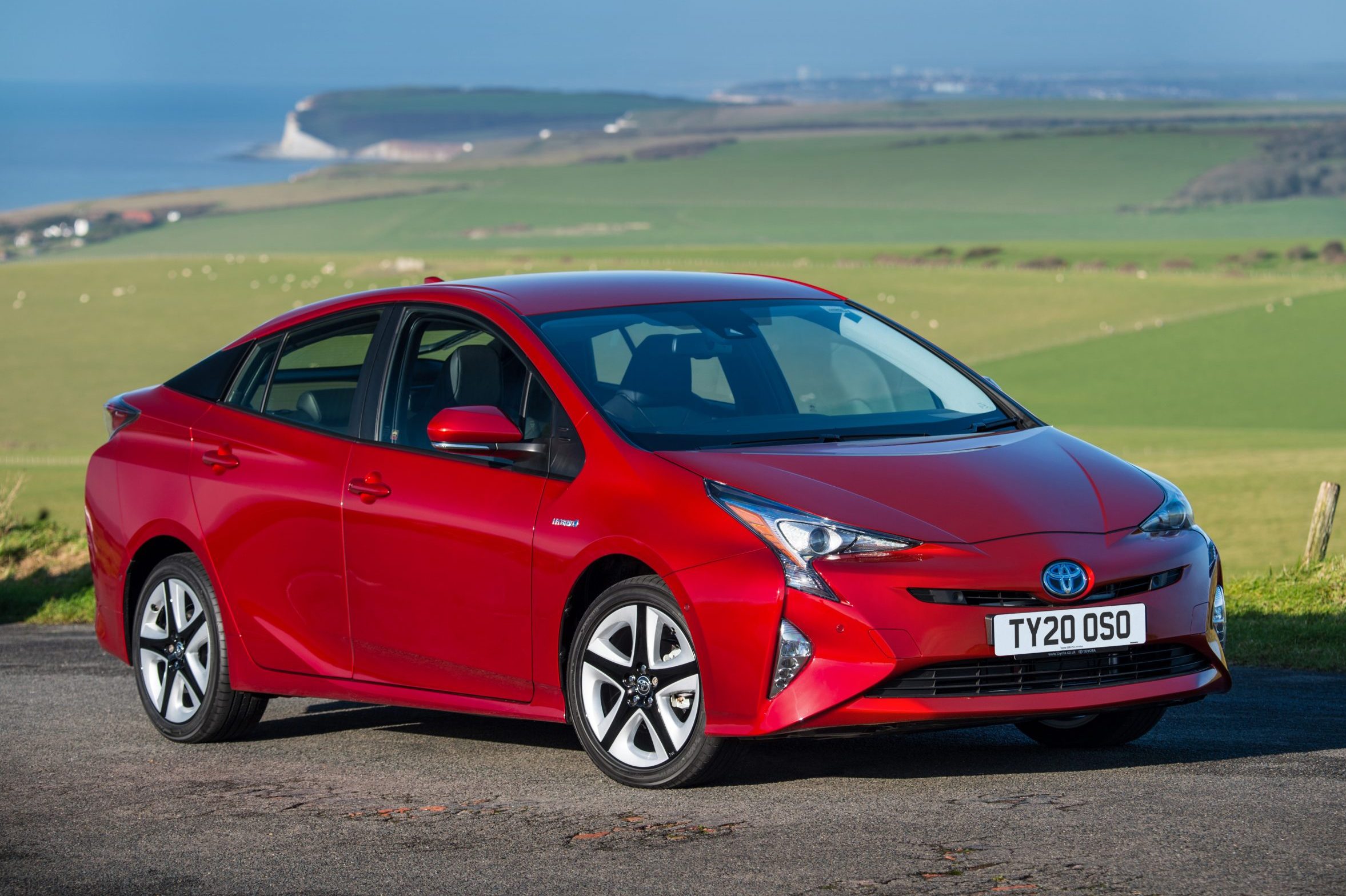In-car technology has become a defining feature of modern vehicles, but not all systems are created equal. Some digital dashboards age gracefully, providing years of dependable, distraction-free service. Others falter, plagued by lag, crashes, and unresponsive touchscreens that frustrate drivers and erode confidence in the brand.
Whether you’re shopping for a used car or just curious about which automakers got it right (or wrong), here’s a breakdown of five vehicles with dashboard tech that stands the test of time, and five that too often fail when it matters most.
Dashboard Tech That Lasts
1. Toyota Prius (4th Generation, 2016–2022): Conservative Design for Long-Term Reliability
The fourth-generation Toyota Prius presents a benchmark in balanced digital dashboard design. Its centrally positioned high-resolution digital display provides essential data such as speed, hybrid system status, and fuel economy with clarity and minimal distraction.
Toyota’s restrained approach—opting for proven hardware over flashy innovation—has resulted in a system that remains remarkably stable over time. The limited but purposeful software updates enhance functionality without introducing instability.
Physical buttons for high-use features like climate and volume controls reduce dependency on touch inputs, a thoughtful decision, as many other brands now reverse their touch-only designs.
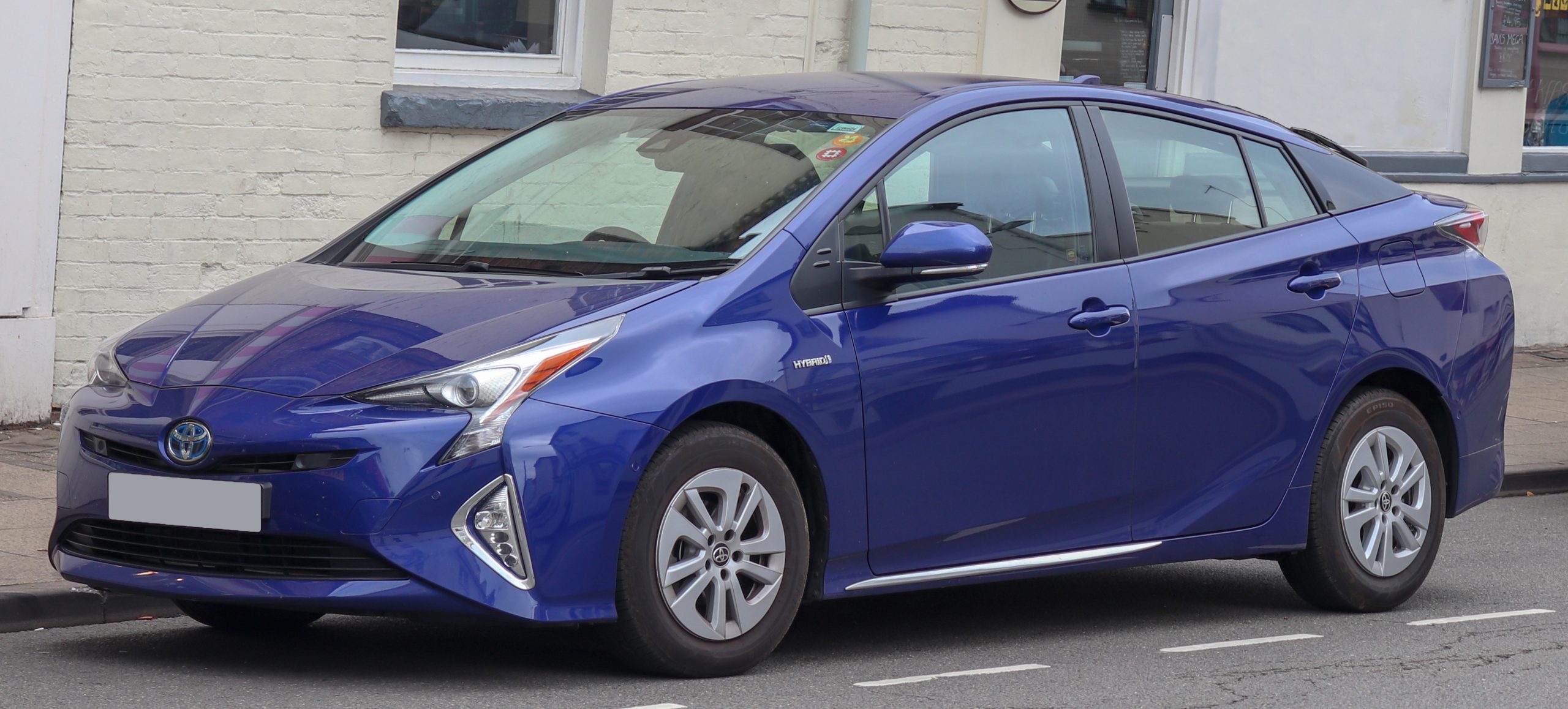
Toyota also engineered the interface for longevity, choosing components that withstand years of use without degradation. Owners report minimal issues with screen responsiveness or system crashes, even in high-mileage vehicles.
The Prius’s digital dashboard exemplifies how functionality, safety, and simplicity can coexist, delivering a user experience that holds up exceptionally well throughout a vehicle’s lifespan without becoming a future liability.
2. Mazda CX-5 (2017–Present): A Tactile, Driver-Focused Interface
The Mazda CX-5 defies industry norms by embracing a user interface centered around a rotary controller instead of a touchscreen-dominant setup. This controller, located between the front seats, allows drivers to navigate menus intuitively without shifting focus from the road.
Initially met with skepticism, this design has aged exceptionally well, prioritizing tactile feedback and operational simplicity. The infotainment system is responsive, boots quickly, and avoids the bloat and bugs that plague many modern dashboards.
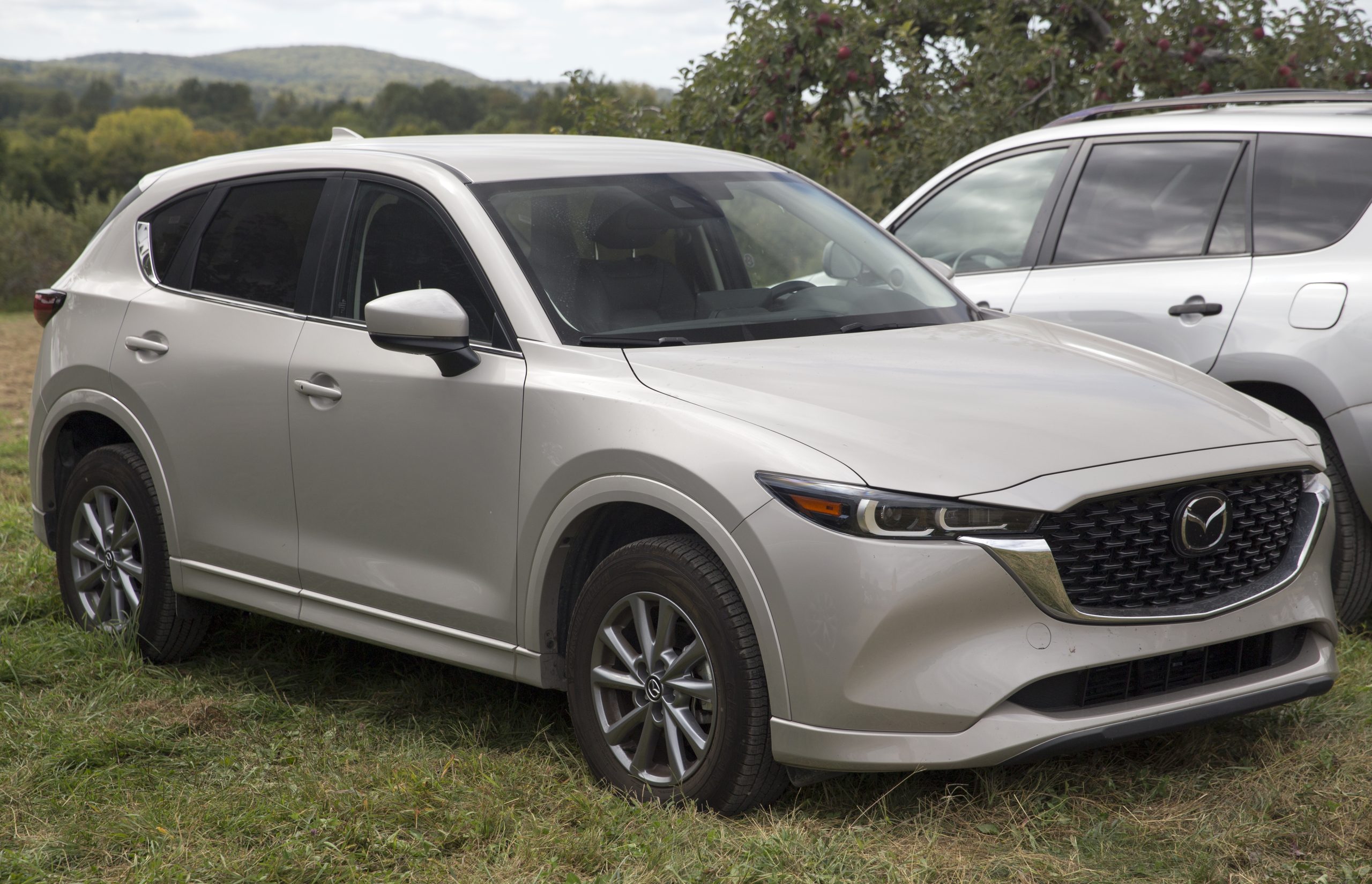
Mazda balances digital and analog elements effectively, retaining physical gauges alongside a digital display for key information like navigation and driver alerts. Updates have been thoughtful, introducing useful features without altering the system’s core functionality.
The CX-5’s digital interface reflects Mazda’s commitment to stability and durability, using components selected for longevity. As a result, the system remains fast and frustration-free over the years of ownership, consistently receiving high marks in owner satisfaction surveys for its ease of use and long-term reliability.
3. Audi Virtual Cockpit (2016–Present): Digital Innovation with Enduring Performance
Audi’s Virtual Cockpit, launched in 2016, set a new standard for digital dashboards by replacing analog gauges with a 12.3-inch high-resolution screen that offers various display modes. Drivers can switch between traditional layouts and full-navigation views, customizing their experience based on preference.
This flexibility, paired with a powerful NVIDIA Tegra processor, ensures smooth performance and longevity, with software updates enhancing functionality rather than compromising it. Despite being graphically intensive, the Virtual Cockpit maintains a consistent 60 fps refresh rate, contributing to its polished feel.
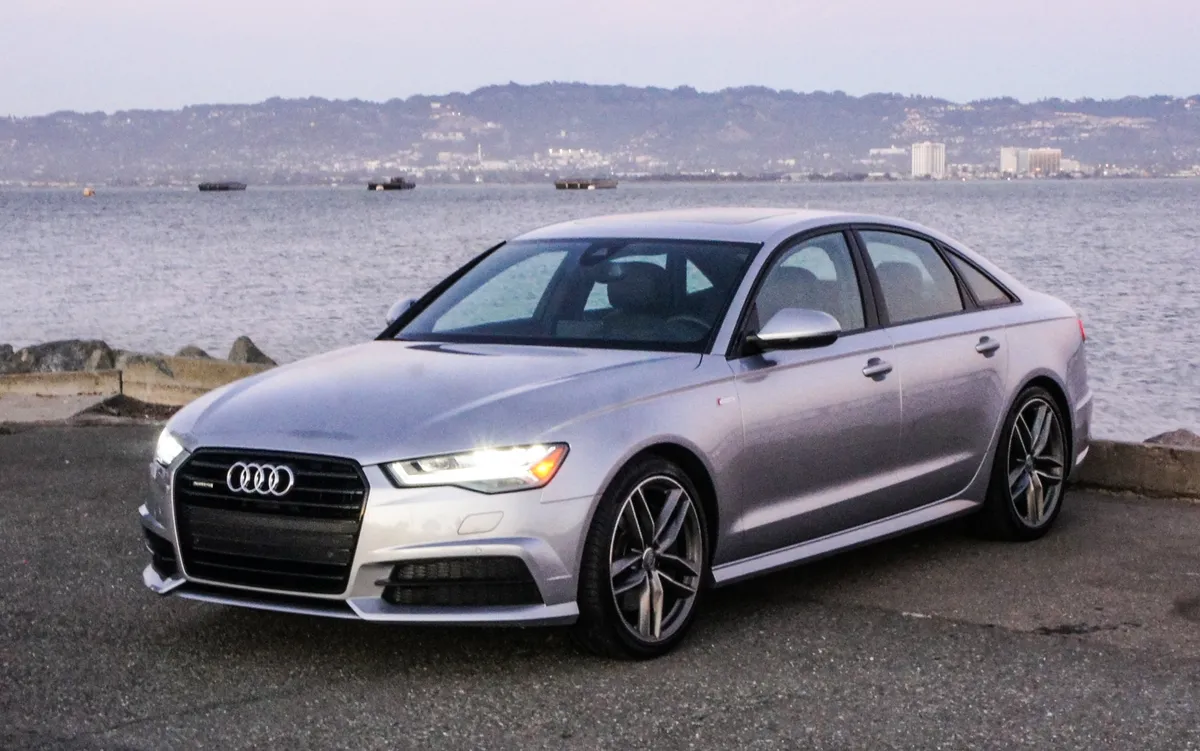
What truly sets it apart is its remarkable reliability—few reports of system crashes or screen issues have emerged even after several years. Audi’s conservative update strategy avoids destabilizing the interface while still keeping it fresh.
Physical controls remain for core functions, ensuring usability isn’t lost in the digital transition. This system’s ability to age gracefully, both functionally and aesthetically, has made it a gold standard among digital dashboards.
4. Volvo XC60 (2018–Present): Scandinavian Simplicity and Lasting Stability
Volvo’s second-generation XC60, introduced in 2018, showcases a digital dashboard built on principles of safety, usability, and understated sophistication. Its vertical 9-inch touchscreen, inspired by smartphone interaction, allows intuitive scrolling and better map visibility—ideal for modern driving.
The Sensus interface is arranged in logical tiles, minimizing distractions and ensuring quick access to functions. Underneath its clean design lies a robust architecture that boots reliably, maintains responsiveness, and rarely crashes.

Volvo emphasizes meaningful, thoroughly tested updates rather than flashy cosmetic tweaks, helping the system retain stability over time. The digital instrument cluster enhances the experience with high-resolution displays that present clear, relevant driving information without clutter.
Volvo’s use of industrial-grade materials ensures that screens remain sensitive and clear even after prolonged exposure to temperature extremes and vibration. With enough hardware headroom to support future updates and a commitment to backward compatibility, the XC60’s digital dashboard delivers a premium, long-lasting experience aligned with Volvo’s human-centric design philosophy.
5. Honda Accord (10th Generation, 2018–2022): Mainstream Mastery of Digital Balance
The 10th-generation Honda Accord achieves a near-perfect blend of analog familiarity and digital flexibility. Its 7-inch digital instrument cluster sits within a traditional gauge layout, displaying vital information with crisp clarity and intuitive design.
Honda deliberately prioritized legibility and simplicity, resisting flashy animations in favor of easy-to-read graphics. The 8-inch touchscreen infotainment system complements this design with both touch and physical controls—a correction from the previous generation’s overly capacitive interface.
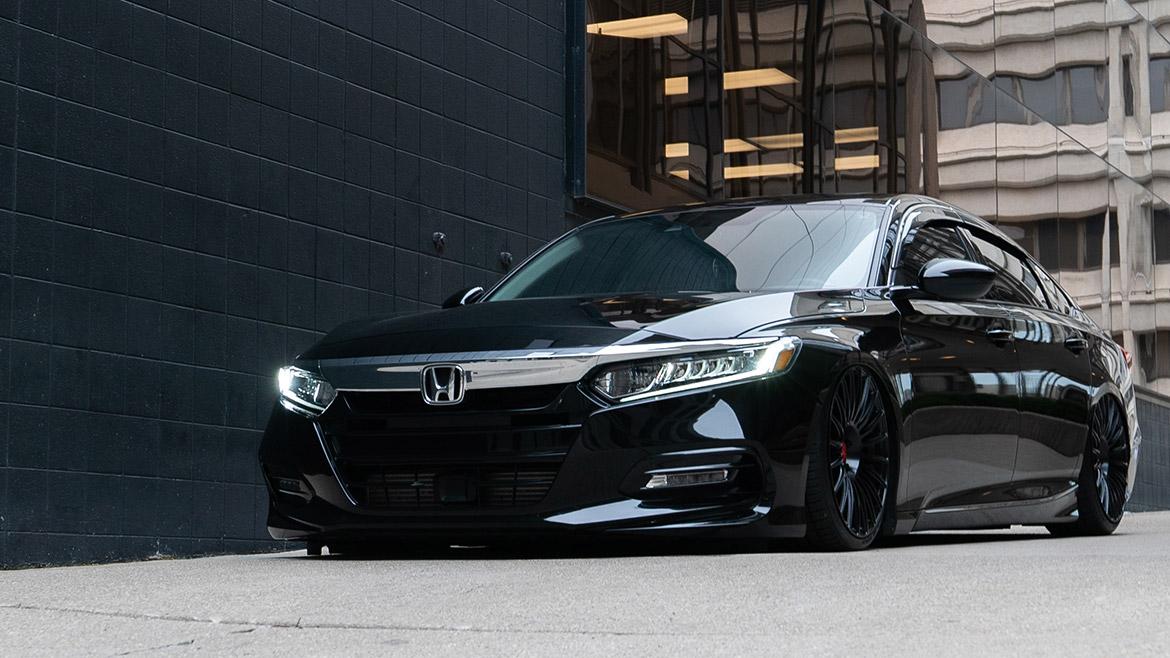
Volume knobs, hard buttons, and intuitive menus have aged exceptionally well, making the system easy to use without constant updates or retraining. Honda’s hardware is durable, with screens that maintain responsiveness and rarely suffer from calibration issues.
The software is equally stable, with rare glitches or system crashes, and updates are rolled out conservatively, focusing on security and function rather than disruptive changes.
The system also integrates Android Auto and Apple CarPlay smoothly, extending its usability and keeping the dashboard current without relying solely on native software evolution.
Dashboard Tech That Freezes Mid-Drive
1. Jaguar Land Rover InControl Touch Pro: Style Over Substance
Jaguar Land Rover’s InControl Touch Pro system, offered between 2015 and 2019, aimed to deliver a high-end digital experience with its sleek 10.2-inch touchscreen and digital instrument cluster. However, the system quickly became known for poor performance and serious reliability issues.
Boot times often exceeded 30 seconds, and once running, the interface was plagued by lag and misregistrations that disrupted navigation, camera, and media functions. Weak processing hardware struggled to support the system’s ambitious features, creating a disconnect between design and functionality.
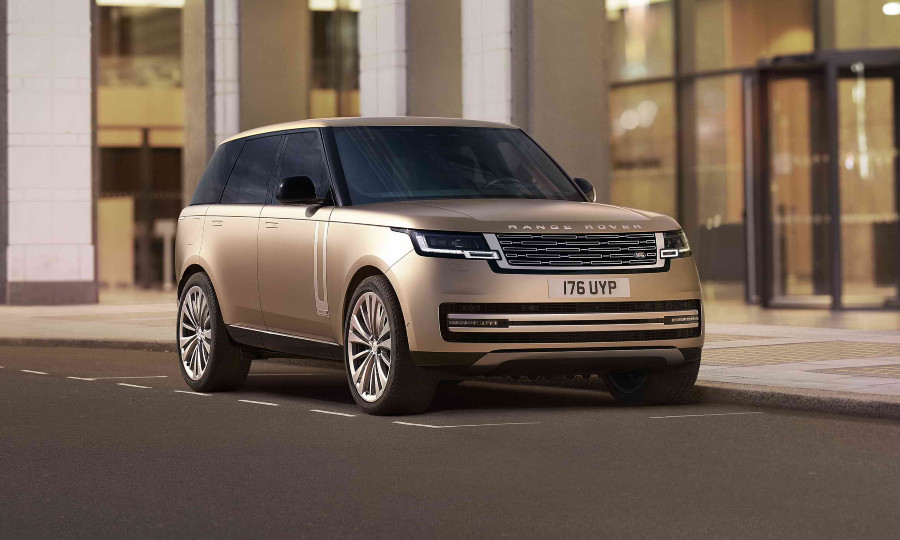
Owners reported frequent crashes, unresponsive screens, and even instances where the digital cluster went blank mid-drive, compromising safety. Bluetooth connectivity and navigation were also unreliable.
Software updates often worsened performance, and with no over-the-air update support, fixes required dealership visits. These ongoing issues damaged Jaguar Land Rover’s reputation, turning what was meant to be a luxury innovation into one of the most problematic infotainment systems of its time.
2. Ford MyFord Touch: A Missed Opportunity in Tech Leadership
Ford’s MyFord Touch, introduced in 2011 as SYNC 2, aimed to modernize in-car interfaces by replacing traditional buttons with a fully digital touchscreen layout. While conceptually innovative, the system struggled with poor execution.
Laggy response times, long boot delays, and inconsistent touch sensitivity made routine functions, like climate control and navigation, frustrating and distracting. Voice recognition was unreliable, and small touch targets further complicated use while driving.
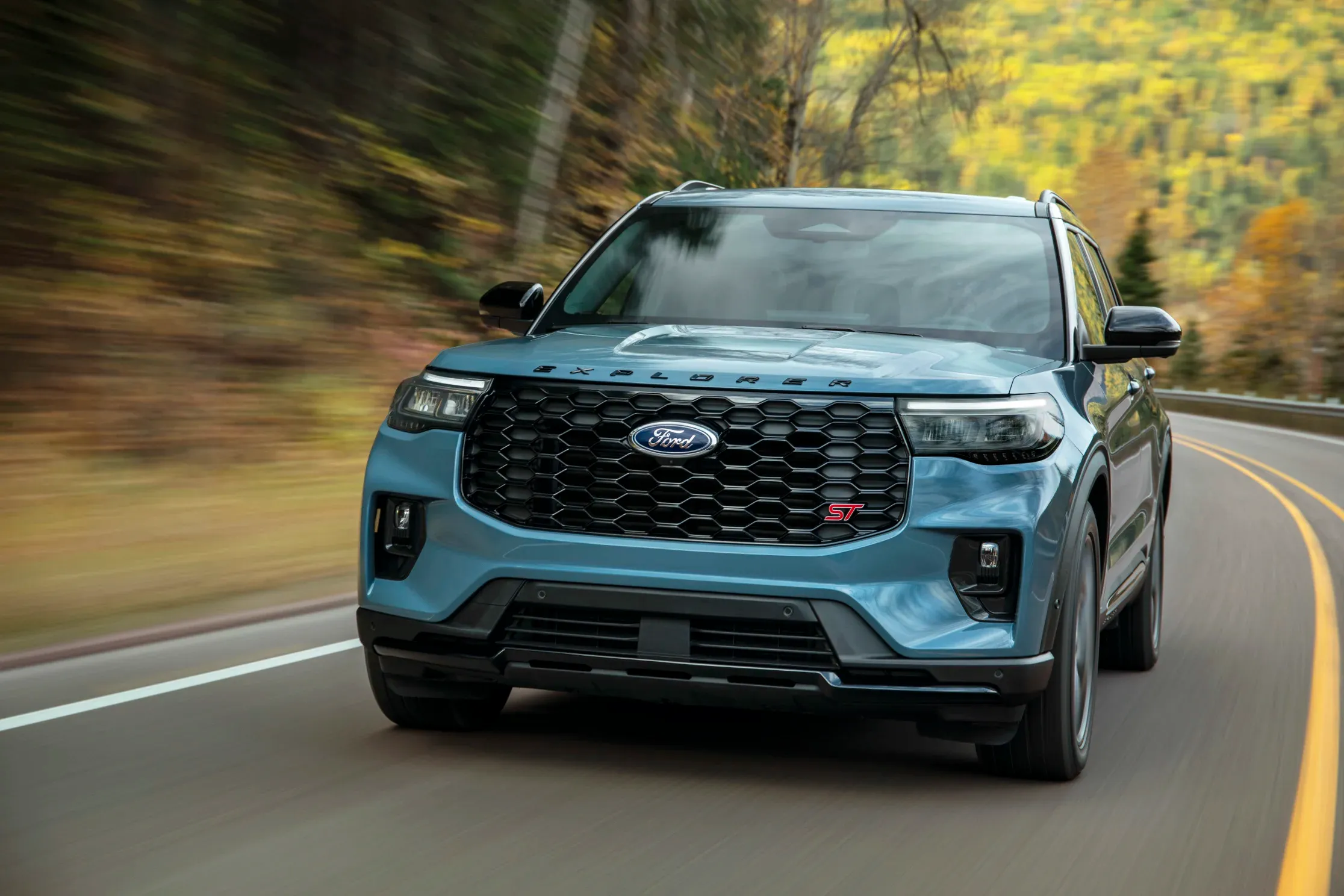
Hardware limitations, including an underpowered processor, prevented the system from delivering on its promise of a seamless digital experience. Over time, reliability issues worsened.
System crashes, Bluetooth failures, and total interface breakdowns became common. Software updates often introduce new bugs rather than resolving existing ones. As hardware aged, problems like unresponsive “dead zones” and scarce replacement parts pushed many owners toward aftermarket solutions.
The system’s widespread failure damaged Ford’s reputation, dropped its rankings, and ultimately forced a shift to the more stable SYNC 3 and 4 platforms.
3. Cadillac CUE: Design at the Expense of Usability
Cadillac’s CUE system, launched in 2012, aimed to position the brand as a digital innovator. With a sleek, button-less design and glossy black panel, it exuded modernity. However, the decision to eliminate physical controls in favor of touch-sensitive surfaces quickly proved problematic.
Climate and volume controls, crucial during everyday driving, required precise, visually guided interaction—an ergonomically poor decision. Haptic feedback was inconsistent and lagged, causing user confusion. The system’s processor struggled with animations and input response, leading to sluggish transitions and painfully slow boot times.
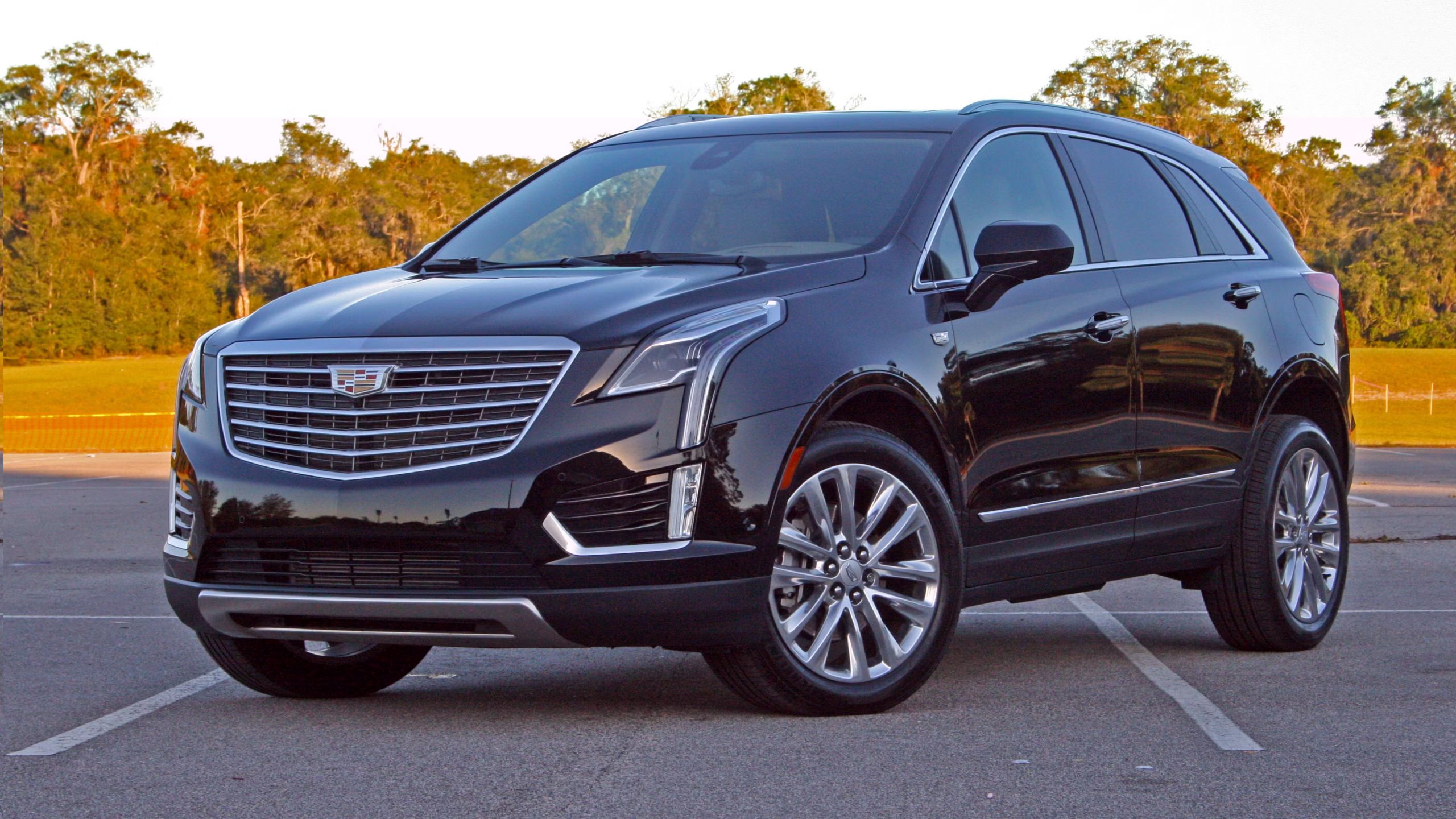
Tasks such as entering a navigation address could grind the system to a halt. Reliability issues surfaced early: touch calibration would drift, surfaces scratched easily, and functionality deteriorated over time. Particularly troubling was the screen’s tendency to delaminate in hot climates.
Updates failed to solve core issues, and component failures often occurred outside of warranty, leading to expensive repairs. CUE ultimately damaged Cadillac’s reputation for technological sophistication.
4. Fiat Chrysler Uconnect 8.4 (2013-2015): Implementation Flaws and Performance Issues
Fiat Chrysler’s early Uconnect 8.4 system, deployed across Dodge, Chrysler, Jeep, and Ram models from 2013 to 2015, demonstrated a promising design with its large touchscreen and physical controls. However, the system was plagued by significant performance shortcomings from the start.
The hardware lacked sufficient processing power, causing lag and slow responses, especially in navigation and voice commands. Users frequently experienced long route calculation times and unreliable voice recognition, which diminished usability.

Software instability was a major concern, with frequent freezes and crashes locking up critical vehicle functions like climate control. Connectivity issues, including inconsistent Bluetooth and USB problems, added to user frustration. Updates were costly, difficult, and often failed, sometimes rendering the system inoperable.
Additionally, long-term issues such as touchscreen sensitivity loss, data clogging internal storage, and temperature-related failures further degraded performance, with FCA’s software fixes limited by hardware constraints. These problems led many buyers to avoid early Uconnect 8.4 models or invest in aftermarket replacements.
5. Tesla Model S/X MCU1 (2012-2018): Innovative Design Meets Longevity Challenges
Tesla’s first-generation MCU1, featured in Model S and X vehicles from 2012 to 2018, was revolutionary for integrating nearly all vehicle controls into a 17-inch touchscreen, eliminating physical buttons and enabling features like full-screen Google Maps and streaming.
However, the system suffered from critical reliability issues due to the use of eMMC flash memory with limited write cycles for data logging. This component typically wore out after 4-5 years, causing symptoms such as slow boot times, freezing, erratic touchscreen response, navigation failures, and eventually complete screen blackouts.
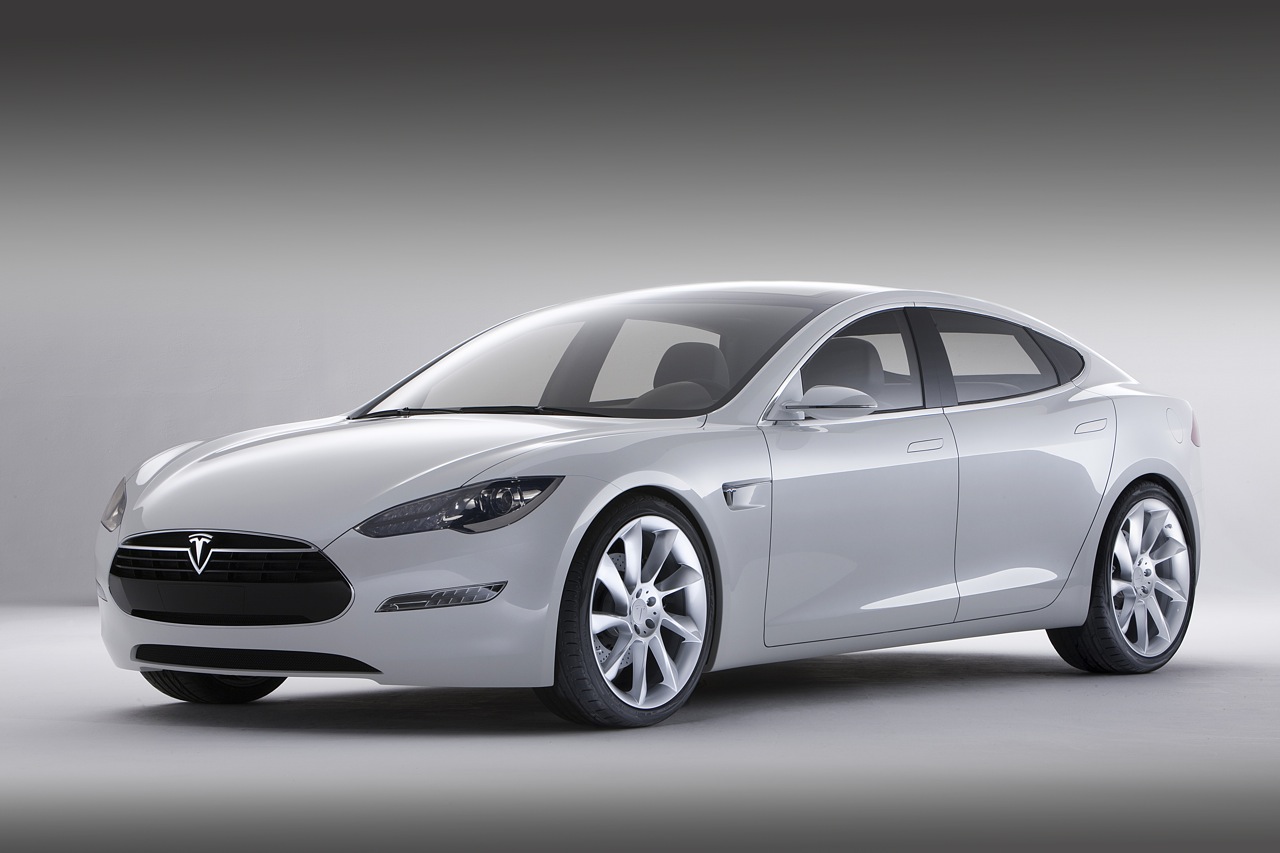
These blackouts severely impacted vehicle functionality and safety features, leading to regulatory scrutiny. Tesla’s initial refusal to cover replacements under warranty and the costly repairs fueled owner dissatisfaction.
Paradoxically, software updates intended to improve the system accelerated memory degradation, forcing owners to choose between new features and system stability.
The costly MCU2 retrofit offered a solution but underscored the challenge of marrying fast-evolving consumer electronics with long vehicle lifespans, highlighting fundamental issues in automotive digital integration.
Digital dashboards can greatly enhance the driving experience—but only when designed with care and precision. Brands like Toyota, Mazda, and Audi have found success by focusing on stability, user clarity, and seamless integration between hardware and software.
In contrast, systems like MyFord Touch and InControl Touch Pro reveal the risks when bold ideas aren’t backed by reliable execution. For drivers, it’s a clear reminder that not all in-car technology stands the test of time, and when it comes to dashboards, thoughtful choices make a lasting difference.
Also Read: 5 Cars That Sound Cheap But Last Forever and 5 That Sound Fancy But Fail

